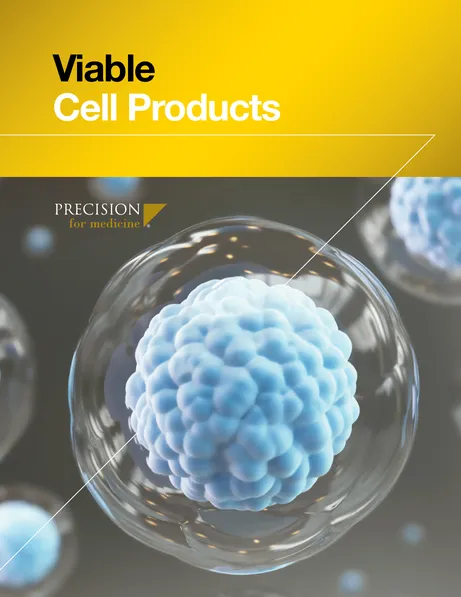

Viable Cells
PBMCs, BMMCs, DTCs, Leukopaks, and Purified Cell Sets
Viable cell products are collected and processed at our in-house apheresis center, ensuring end-to-end chain of custody for your samples.
-
Discover PBMCs

PBMCs
ExploreHealthy or disease-state peripheral blood mononuclear cells with >95%pre-freeze viability—HLA typed and viral negative.
-
Discover BMMCs

BMMCs
ExploreBone marrow mononuclear cells viably frozen in DMSO. Available with matched peripheral blood mononuclear cell, plasma, and BMA supernatant.
-
Discover Leukopaks

Leukopaks
ExploreHealthy or disease-state research grade leukopaks, mobilized leukopaks, and GMP-grade leukopaks ready to support all stages of your research & development.
-
Discover Purified Cell Subsets

Purified Cell Subsets
ExploreCustom cells available from healthy and disease-state subjects, isolated from whole blood, cord blood, bone marrow, and leukopaks.
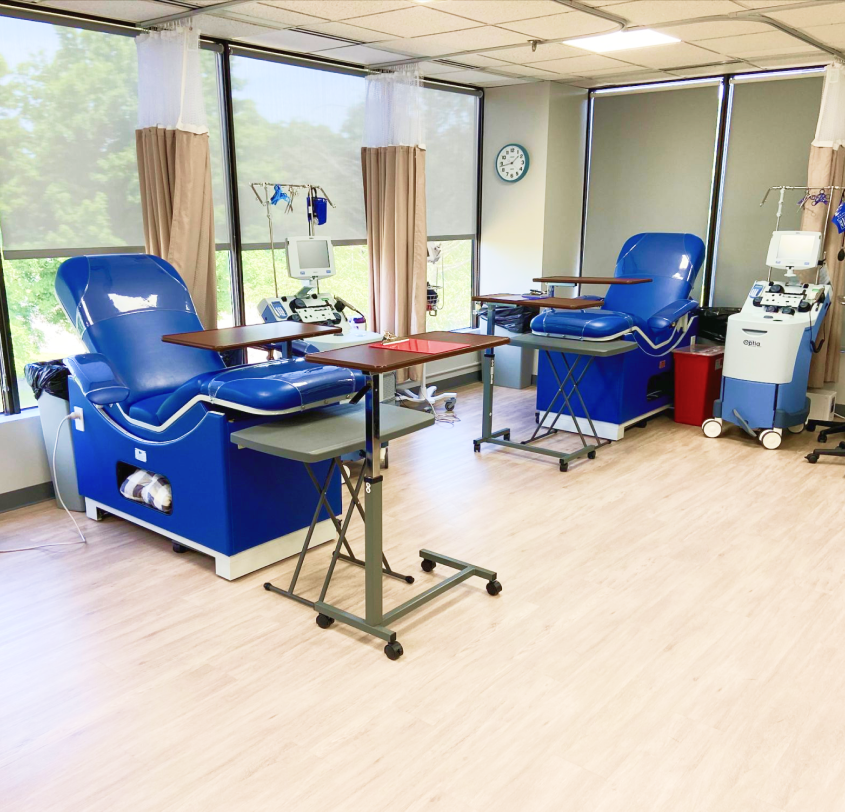
In-House Collections at Precision for Medicine's Apheresis Center
Our in-house, CLIA-certified Apheresis Donor Center is fully equipped with the Spectra Optia® Apheresis System and a staff of experienced nurses and scientific experts. We collect leukopaks and other blood products from healthy and disease-state donors that can then be isolated into viable cell subsets to meet your research needs.
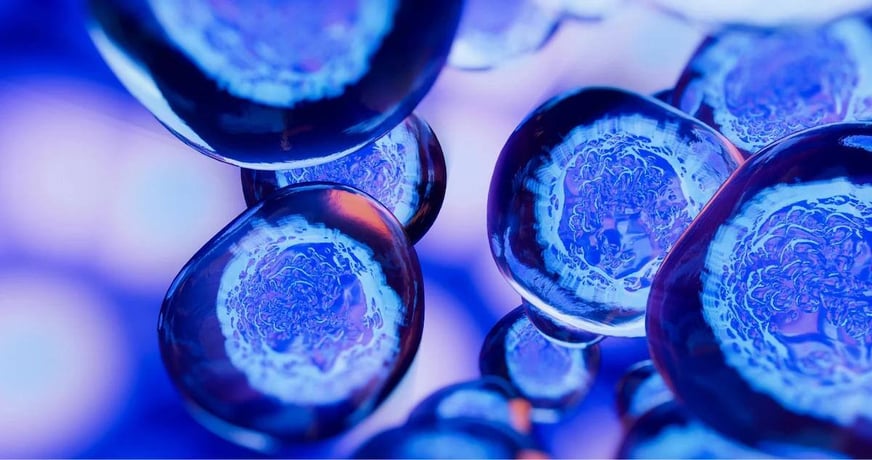
Viable Cells that power your research
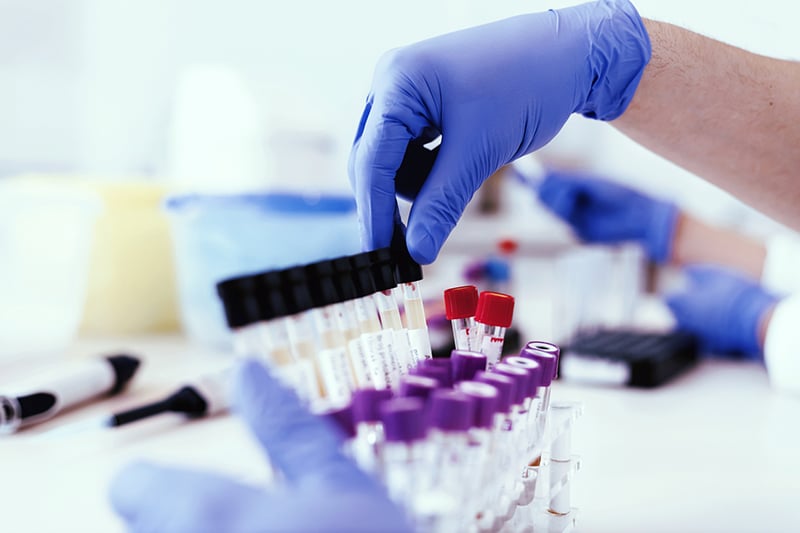
Advance your program with high quality human cell subsets and data you can trust
- Normal and disease state samples
- Multi-anticoagulants and tube types
- High-resolution Class I & II HLA typing for all donors
- Blood pathogen testing
- 8-color immunophenotyping
- Demographics and medical history
- Cellular characterization

Designed to meet your quality standards and study needs
- > 90% average lot viability
- Up to 10 billion cells per donor
- Cryopreserved in serum-free media, within 24 hours
- Multi-anticoagulants and tube types
- Matched plasma available
- Purified cell subsets
The Buffy Coat Layer – What it Contains & Why it Happens
-
What is it?
What is it?
What is the Buffy Coat Layer
The buffy coat accounts for less than 1 percent of a whole blood sample, yet it contains the majority of white blood cells (WBC) and platelets. In fact, leukocytes can be 10-20X more concentrated in the buffy coat than in whole blood. Therefore these samples are highly valuable for researchers and healthcare professionals who require WBC and platelets for studies or treatments. -
What does it contain?
What does it contain?
What does the Buffy Coat Layer contain?
High amounts of white blood cells (WBC) and platelets. White blood cells are continuously searching for, identifying, and combating viruses, bacteria, and other antigens that can lead to illness, infection, and other harmful conditions. Platelets are microscopic blood cells whose primary function is to prevent bleeding. Whenever your body is subjected to an injury, platelets rush to the affected area and begin a process called adhesion, which is what leads to scabs and clotting. -
How is it extracted?
How is it extracted?
How is the Buffy Coat Layer extracted?
In order to fractionate the buffy coat from a whole blood sample, a process called centrifugation is used. Essentially, this process involves placing the whole blood sample in a centrifuge — a piece of equipment that spins the blood at a high speed. This causes the particles within the blood to separate, making them easier to collect. -
What are the uses?
What are the uses?
What are the uses of the Buffy Coat Layer
The buffy coat of blood is a precious commodity. When used in research, specifically, it helps academic professionals to further examine the role of these powerful cells and explore new ways to treat patients successfully. Buffy coat can also be used by healthcare specialists to identify the presence of harmful diseases like malaria, or to increase platelet counts in patients who require it.
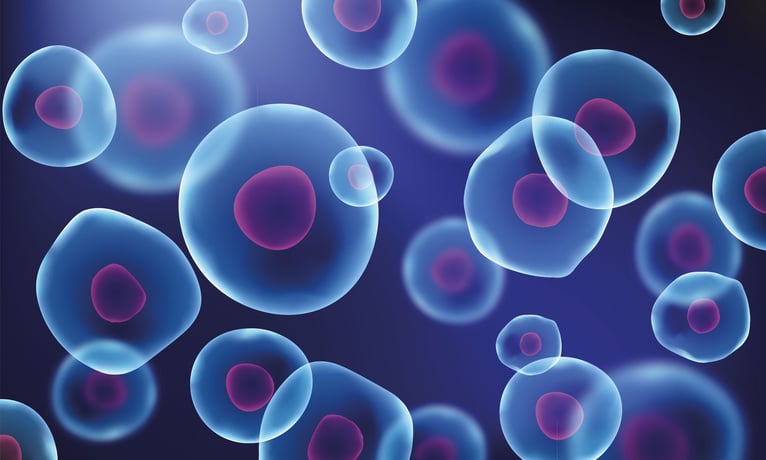
Custom cell isolations to meet your research needs
Discover Precision's viable cell products
Learn more about our viable cell offerings, custom collections, and extensive processing capabilities.
Precision's full-suite of specialty lab services to process and analyze your viable cells
-
Explore

PBMC & Sample Processing
ExploreSample processing with expertise in PBMC isolations from labs across 5 continents
-
Explore

Flow Cytometry
ExploreStandard and spectral flow cytometry, on both research-grade and CLIA-validated instruments -
Explore

ELISA
ExploreServices using the gold standard for quantitative antibody-based bioanalysis, with specialization in immunogenicity assay development
